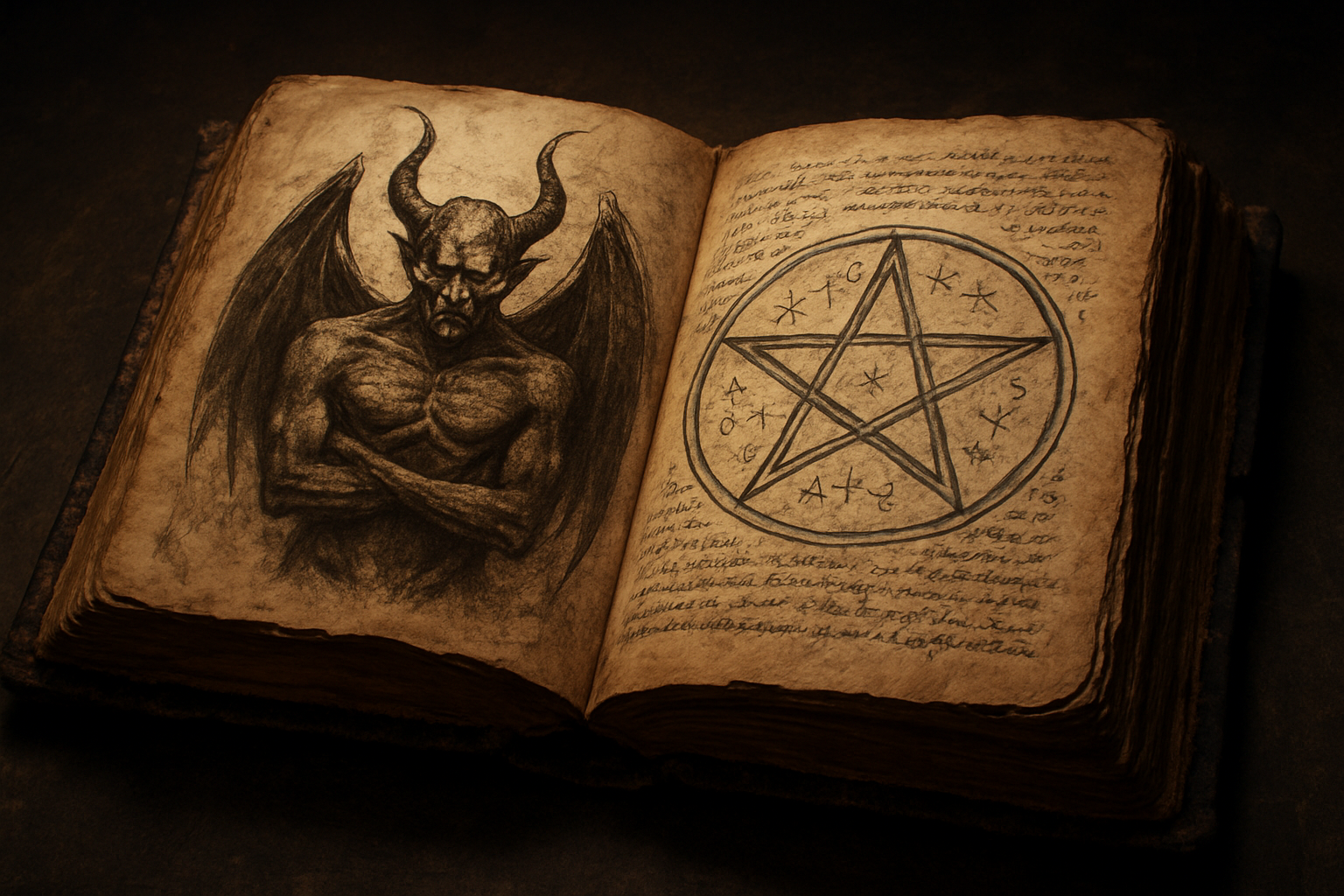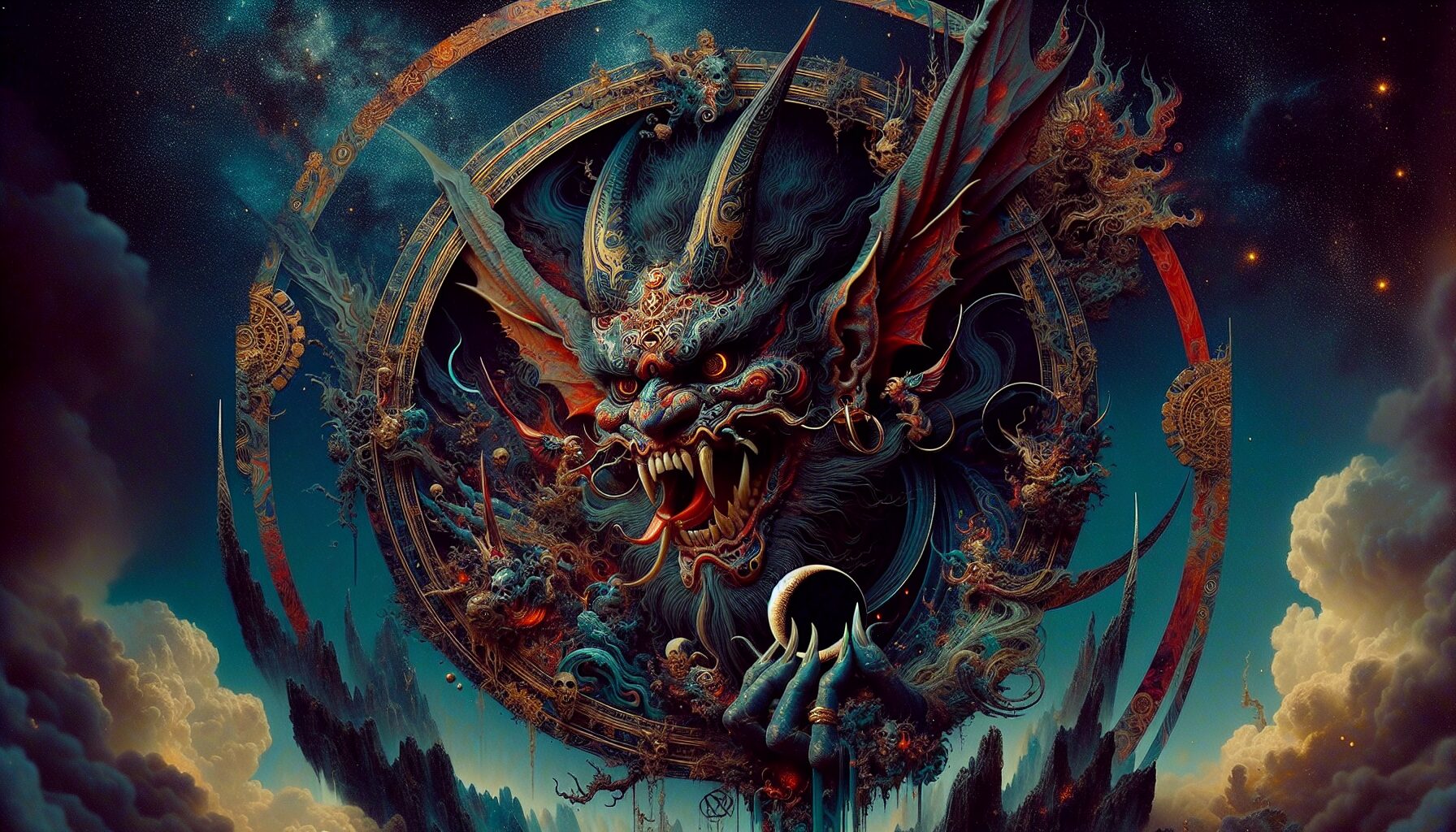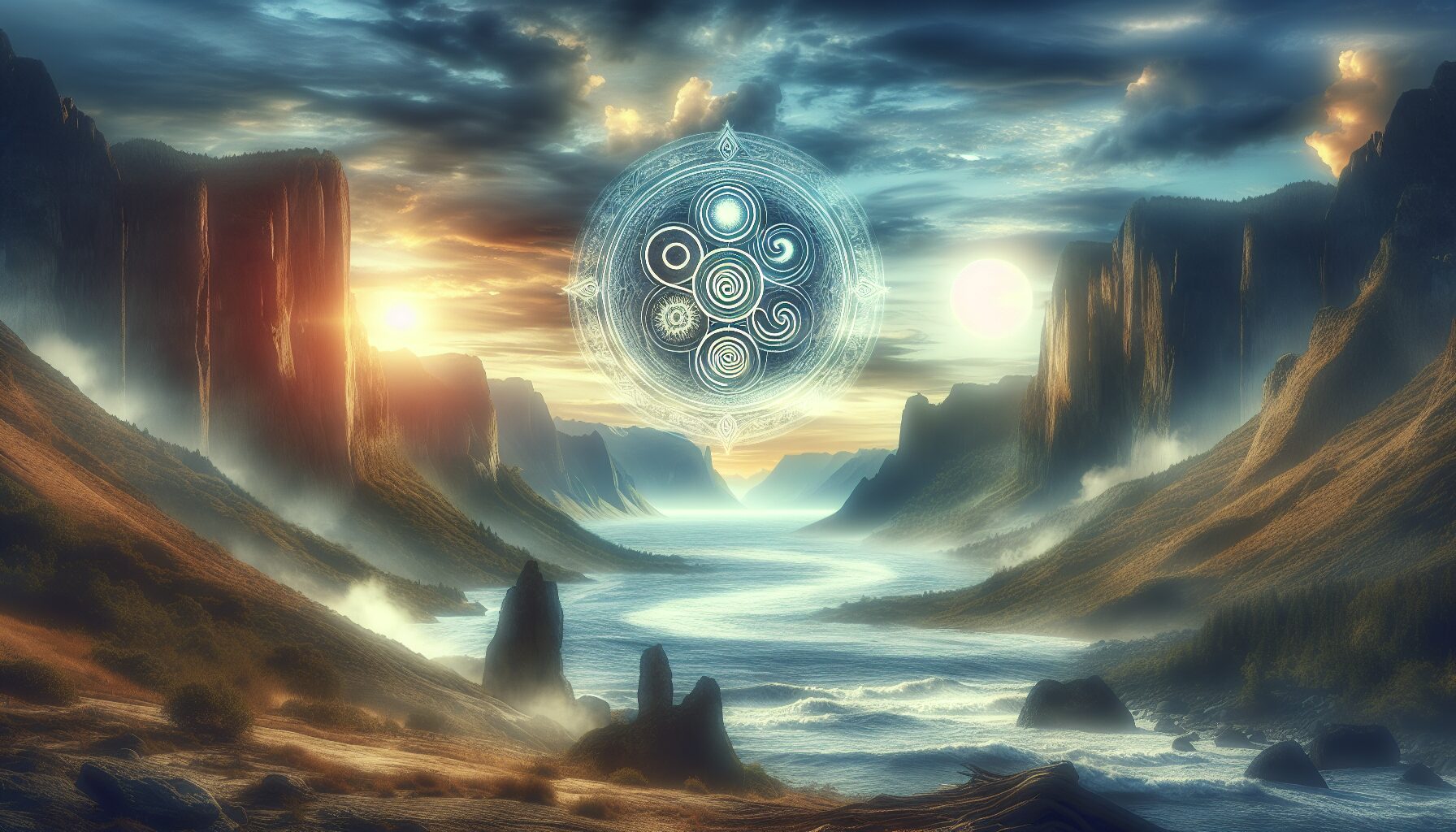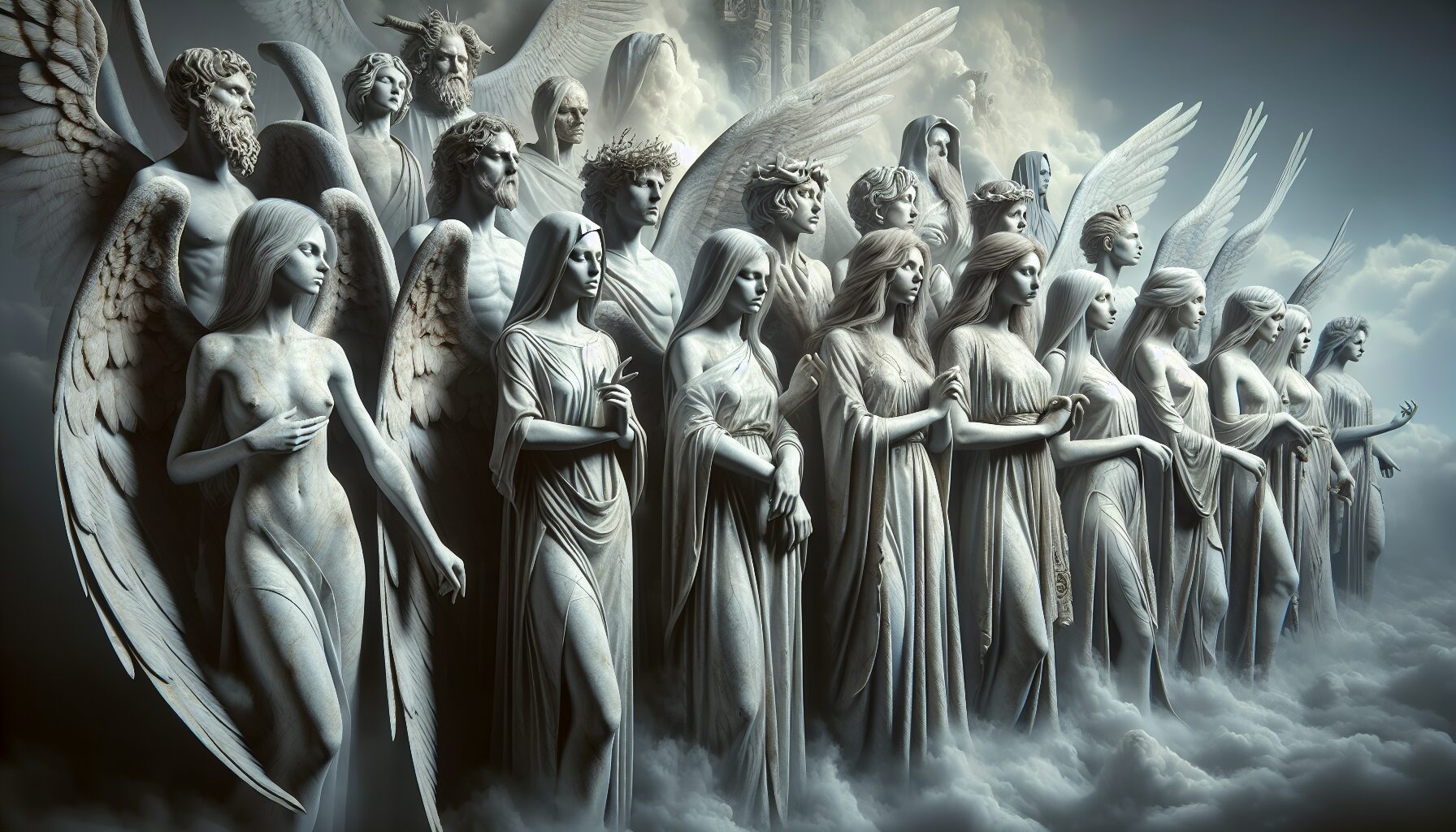In the pantheon of mythical and religious symbolism, demons are more than mere villains; they are complex figures embodying various aspects of human nature and the eternal struggle between good and evil. One of the critical roles they play is that of the tempter, luring individuals away from their moral compass. Here, we delve into the archetypes of temptation as personified by demonic figures across different cultures and texts.
The Seven Deadly Sins
No discussion of demonic archetypes is complete without referencing the Seven Deadly Sins. Each of these sins is often associated with a specific demon who tempts humans to indulge their base instincts:
- Lucifer for Pride
- Mammon for Greed
- Asmodeus for Lust
- Leviathan for Envy
- Beelzebub for Gluttony
- Satan for Wrath
- Belphegor for Sloth
As outlined by medieval theologians, these demons entice humans, using the sins as pathways to deviate from the path of virtue. According to Britannica, these sins have been pivotal in developing Christian doctrine and literary works.
The Trickster
The Trickster archetype is another prevalent form in which demons manifest. Often characterized by their cunning and guile, tricksters are found in cultures worldwide, from the Norse Loki to the Native American Coyote. They tempt not through force but through deception, leading individuals into choices that have unforeseen consequences. In the words of anthropologist Paul Radin, trickster figures “reflect the kind of behavior that grates against the seamless fabric of proper society.” (The Trickster: A Study in American Indian Mythology)
The Seducer
The Seducer is an enticing figure, often portrayed stunningly, who plays on desires and emotional needs. From the biblical account of Lilith to Mara, the tempter of the Buddha, these figures offer promises of pleasure and fulfillment. They work masterfully on the mind’s vulnerabilities, drawing people into an alluring web of desires. “Satan’s greatest trick was to make himself invisible,” observes C. S. Lewis The Screwtape Letters, alluding to how seducers work from within, without overt force.
Conclusion
Demonic archetypes of temptation serve as a mirror to our own susceptibilities—depictions warning us of the consequences of unbridled desires. Through myth and religion, these figures remind us of the continuous inner battle and the importance of maintaining a robust moral compass.



